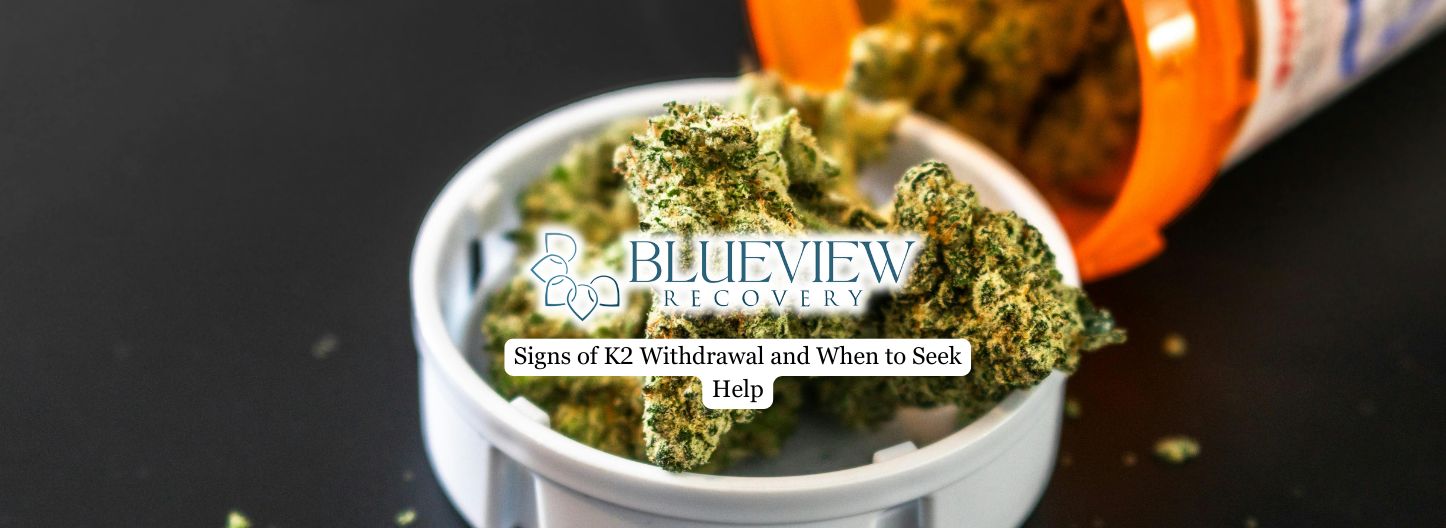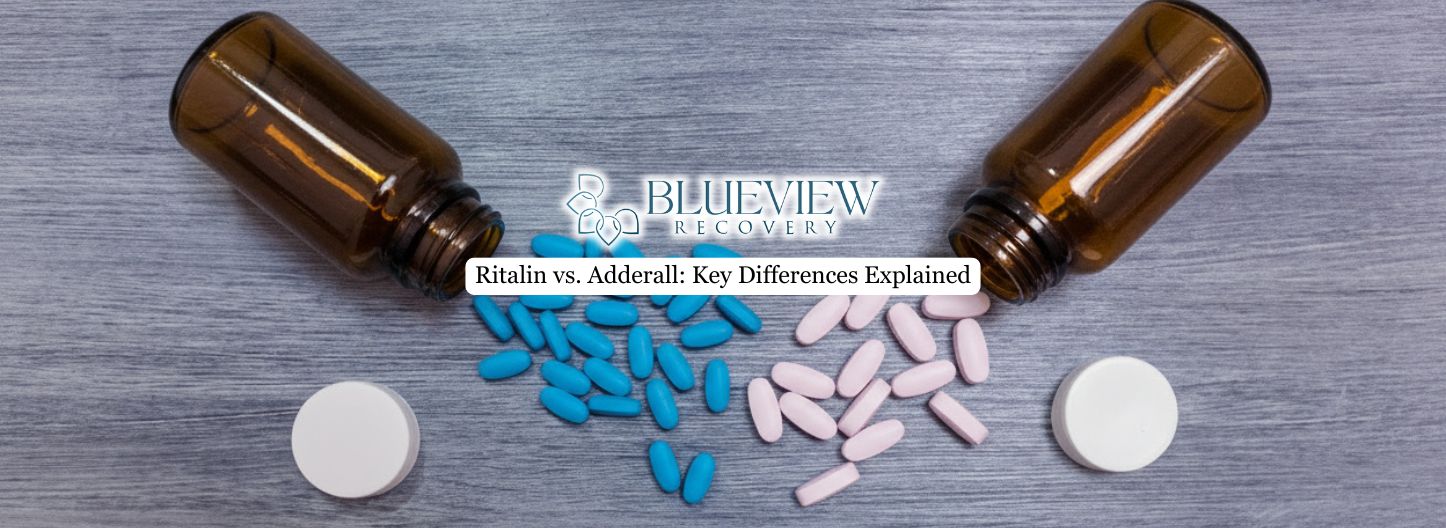Knowing how long K2 stays in your system is important for health, workplace testing, and legal reasons. However, detection is challenging because manufacturers frequently alter their chemical structure to evade standard drug screenings.
This article explains how long different forms of K2 remain detectable in the body and the factors that influence these detection times.

Understanding K2 Detection
K2, or Spice, is a synthetic cannabinoid designed to mimic the effects of THC, the main psychoactive compound in cannabis. Unlike natural marijuana, it’s made from plant material coated with man-made chemicals that interact with brain receptors, often producing unpredictable and sometimes dangerous effects. This substance also has high potential for dependence.
Because it encompasses a wide range of synthetic cannabinoid compounds, detection windows can vary considerably. Generally, K2 can be found in urine for up to three days after a single use, though chronic users may test positive for a week or longer. In blood tests, synthetic cannabinoids are typically detectable for up to 48 hours, while saliva tests can identify them for about one to two days. Hair follicle tests provide the longest detection window, with traces of K2 remaining for up to 90 days or more.
Blueview Recovery’s K2 and Spice rehab program in Philadelphia offers tailored evaluations and treatment plans to ensure each person gets the care they need.
Detection Times for Common Spice Variants
JWH Series (JWH-018, JWH-073, JWH-250)
The JWH series includes some of the earliest synthetic cannabinoids. These compounds strongly bind to cannabinoid receptors and can cause intense psychoactive effects. On average, this variant remains detectable in urine for 48 to 72 hours and in blood for up to two days.
Saliva testing can identify use for about 24 hours, while hair tests may show evidence for as long as 90 days. These compounds are now less common due to federal bans, but are still found in older samples or regions with limited enforcement.
AM Series (AM-2201, AM-694)
This Spice type was developed after early variants were restricted and generally exhibits higher potency. Detection times are similar to JWH compounds, with urine tests identifying them for two to four days and blood tests up to two days. Hair samples may retain traces for as long as three months. The AM compounds metabolize quickly but are associated with more intense effects and a higher risk of adverse reactions such as agitation and rapid heart rate.
XLR-11 and UR-144
These compounds became prominent in the early 2010s and are known for their association with cases of acute kidney injury. XLR-11 and UR-144 are typically detectable in urine for 48 to 72 hours and in blood for up to one day. Hair tests may reveal exposure for approximately 90 days. Because they are fat-soluble, individuals with higher body fat may retain these compounds for slightly longer periods.
AB-FUBINACA and AB-CHMINACA
AB-series cannabinoids are among the more potent synthetic compounds in recent formulations. They tend to remain in urine for two to five days after use and in blood for up to 48 hours. Saliva tests may detect them for about one day, and hair samples can retain evidence of exposure for up to 90 days. Due to their strength, these substances have been linked to severe intoxication and medical emergencies.
5F-ADB (5F-MDMB-PINACA)
One of the most common and potent compounds found in modern Spice blends, 5F-ADB is known to produce strong psychoactive effects even in small amounts. It can remain detectable in urine for three to seven days, depending on usage frequency, and in blood for up to two days. Hair samples can retain traces for around 90 days. Because of its chemical stability and fat solubility, 5F-ADB may remain in the body longer than earlier generations of synthetic cannabinoids.

Why Detection Is So Difficult
Detecting K2 use is complex because the substance’s chemical composition changes frequently. Manufacturers alter molecular structures to bypass existing laws and drug testing protocols, meaning that standard THC drug screens cannot identify synthetic cannabinoids. Specialized testing, such as gas chromatography–mass spectrometry (GC-MS) or liquid chromatography–tandem mass spectrometry (LC-MS/MS), is often required for accurate detection. These advanced tests are expensive, time-sensitive, and not widely available in most workplace or clinical settings, which makes consistent monitoring a challenge.
Factors That Influence How Long K2 Stays in Your System
Frequency of use is one of the most significant. Chronic users may accumulate cannabinoids in their system, prolonging detection times. Metabolism also plays a role, as individuals with faster metabolic rates tend to eliminate substances more quickly. Body fat percentage can influence retention because synthetic cannabinoids are fat-soluble and can accumulate in adipose tissue. Other factors include hydration levels, the potency of the specific compound, and the sensitivity of the test used.
Health and Safety Concerns
Spice poses serious health risks because its ingredients are unregulated and often unknown. Reported side effects include rapid heart rate, increased blood pressure, confusion, hallucinations, and even seizures. In severe cases, its use has been linked to kidney damage, respiratory distress, and death. Poison control centers and emergency departments have documented numerous cases of hospitalization due to synthetic cannabinoid toxicity. Because each batch may contain different chemicals, users cannot predict the strength or safety of what they are consuming.
Final Thoughts from Blueview Recovery
K2 addiction poses serious risks due to its unpredictable chemical composition and intense, short-term effects. The potency and detection time of synthetic cannabinoids vary widely, increasing the likelihood of both physical harm and psychological distress with continued use.
At Blueview Recovery, we specialize in helping individuals overcome dependence on K2 and other synthetic drugs. These substances are often marketed as safe alternatives but can cause severe withdrawal symptoms, erratic behavior, and long-term health consequences. Our comprehensive treatment programs address both addiction and co-occurring mental health issues, providing the structure and support needed for lasting recovery.





